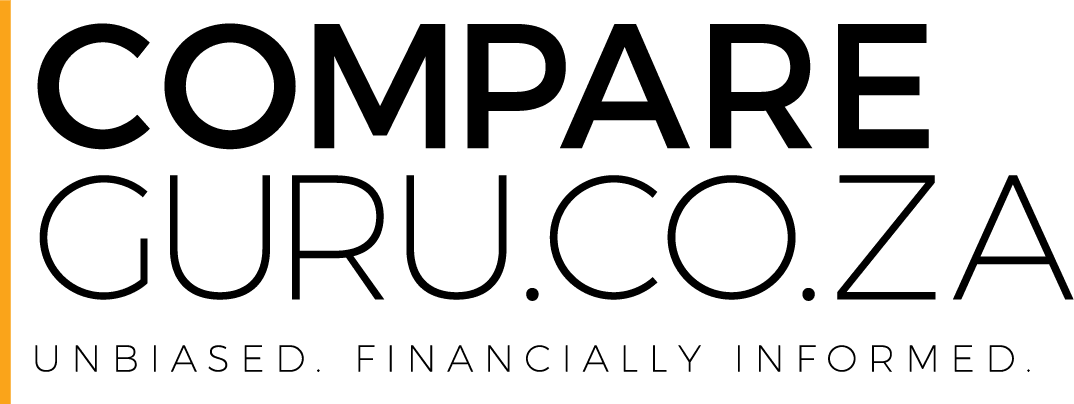CompareGuru Financial Services is an authorised financial services provider FSP. 47696
In light of recent, senseless events, we take a look back into South Africa’s own history with gun violence and mass shooting.
In light of the senseless Las Vegas shooting which recently occurred, we’ve taken a look back into South Africa’s own trigger-happy history. Outrage over the US incident has the entire world reviewing their own gun laws. The aim is to both educate the public and prevent such slaughter from happening again.
A report in the South African Medical Journal revealed that 20 people are killed in gun-related incidents every day. The cost of treating gunshot wounds, they said, was well over R1 billion per year.
However, this report is based on data collected in 2012. That number may have changed by now.
According to the South African Medical Research Council, gun control laws in South Africa have been effective in reducing the number of gun-related deaths in the country. While these statements may paint a pretty picture, we have to take actual enforcement into account. Gang shooting incidents have surged in Cape Town over the years. Our own South African Police Service (SAPS) and military have been embroiled in a number of gun-smuggling scandals. Firearms have been lost, stolen and indeed, sold to gangsters. This has resulted in some 1066 murders being committed with guns stolen from the SAPS.
261 of these victims were children.
The SAPS confiscated almost 200 illegal firearms last month, arresting 218 people.
South Africa is no stranger to gun violence, and we’re especially adept at massacres. We took a look at some of the worst moments.

Make sure you are totally protected in the worst time. Get car insurance that you can afford today!
1. Marikana
16 August 2012. The Marikana massacre was the single most lethal use of force by South African security forces against civilians since 1960’s Sharpeville incident. The incident resulted in 47 deaths and 78 injuries. Beginning as a wage-related strike at a Lonmin owned mine in the Marikana area, the first incidents of violence were reported to have started on 11 August. National Union of Mineworkers (NUM) leaders allegedly opened fire on NUM strikers marching toward their offices, resulting in two strikers sustaining serious injuries. Between 12 and 14 August, ten people were killed. This included six mine workers, two Lonmin security guards and two SAPS members. On 16 August, all hell broke loose as an elite special unit of the SAPS opened fire on a group of strikers, killing 34 miners within minutes. The vast majority of all those killed at Marikana were killed by fire from the R5 assault rifles used by the SAPS. In response to the Lonmin strike, a wave of wildcat strikes across the South African mining sector followed. These events, collectively, made 2012 the most protest-filled year in post-apartheid South Africa. Marikana made the headlines again last month when 11 people were shot and killed in a shebeen, as well as in and around a number of shacks.2. Boipatong
17 June 1992. It was claimed that the SAPS, in cooperation with the Inkatha Freedom Party (IFP), orchestrated the raid on the Boipatong township. The attack was carried out by around 300 armed men from the steelworks residence, KwaMadala Hostel, in which 45 township residents were killed and several injured. The attackers were all supporters of the IFP – rival political party to the African National Congress (ANC). It was also suggested that the raid formed part of the South African Defence Force's Operation Marion. In 1993, the testimony of 120 Boipatong residents convicted IFP supporters of crimes in the massacre, but ruled that the police had played no part in it. The Truth and Reconciliation Commission (TRC) concluded in 1998 that the police were in fact involved in the raid. Then, in 2000, the TRC's Amnesty Committee found that the police were not involved, after all.
3. Sharpeville
Since the 18th Century, the SA government had enacted measures to restrict the flow of black South Africans into cities. Black residents in urban districts were subject to influx control measures. Those over the age of sixteen were required, by law, to carry passbooks, which contained an identity card, employment and influx authorisation from a labour bureau, name of employer and address, and details of personal history. These pass laws were used by the government to enforce greater racial segregation, as well as being used for the detainment and harassment of political opponents. 21 March 1960. A crowd of people, between 5000 and 10 000 in number, converged on the local police station in the township of Sharpeville. In demonstration, they offered themselves up for arrest for not carrying their passbooks. The atmosphere was initially peaceful, with fewer than 20 police officers present in the station. However, the group later grew to almost 20 000 and the mood turned, reportedly, ugly. This prompted 130 police reinforcements to be rushed in. Attempts to scatter the crowd were ineffectual. These involved tear gas, repelling the advancing crowd with batons and arranging F-86 Sabre and T-6 Texan jets to fly over within 100 feet of the group. The protesters responded by hurling stones at the police. At about 13:00, the police attempted to arrest a protester, resulting in a brawl, and the crowd surged forward. The police, armed with Sten submachine guns and Lee–Enfield rifles, opened fire on the crowd. 69 people were killed, including 8 women and 10 children. 180 were injured, including 31 women and 19 children. Many were shot in the back as they turned to flee, paralyzing some.Read more about gun laws in South Africa vs. US
4. Wit Wolf and Other Mass Shootings
- 17-26 May 1986. 44 people were killed in ‘Witdoeke’ clashes in Cape Town squatter camps.
- 15 November 1988. Barend Hendrik Strydom, also known as the ‘Wit Wolf’, shot seven black people dead and injured 15 more in Strijdom Square, Pretoria. He had earlier killed a woman and injured another in a trial run, in preparation for the massacre. Strydom, earlier in life, had joined the South African Police, only to be dismissed after photographing himself with a decapitated motorist at the scene of an automobile accident.
- 6 September 1989. 29 demonstrators were killed by the police in Cape Town while protesting the election.
- 5-23 August 1990. About 122 Soweto residents were killed. That same month, about 150 Tokoza residents were also killed, all allegedly by IFP members in collusion with the police.
- 25 August 1992. Police constable L. S. Hasebeng killed eight people and wounded four others, before committing suicide in the Goedemoed prison complex.
- 18 April 1993. 19 Sebokeng residents were shot dead by gunmen driving through the area, opening fire randomly for four hours. This was followed by 12 killed on 26 June and a further 14 killed on 12 July.




